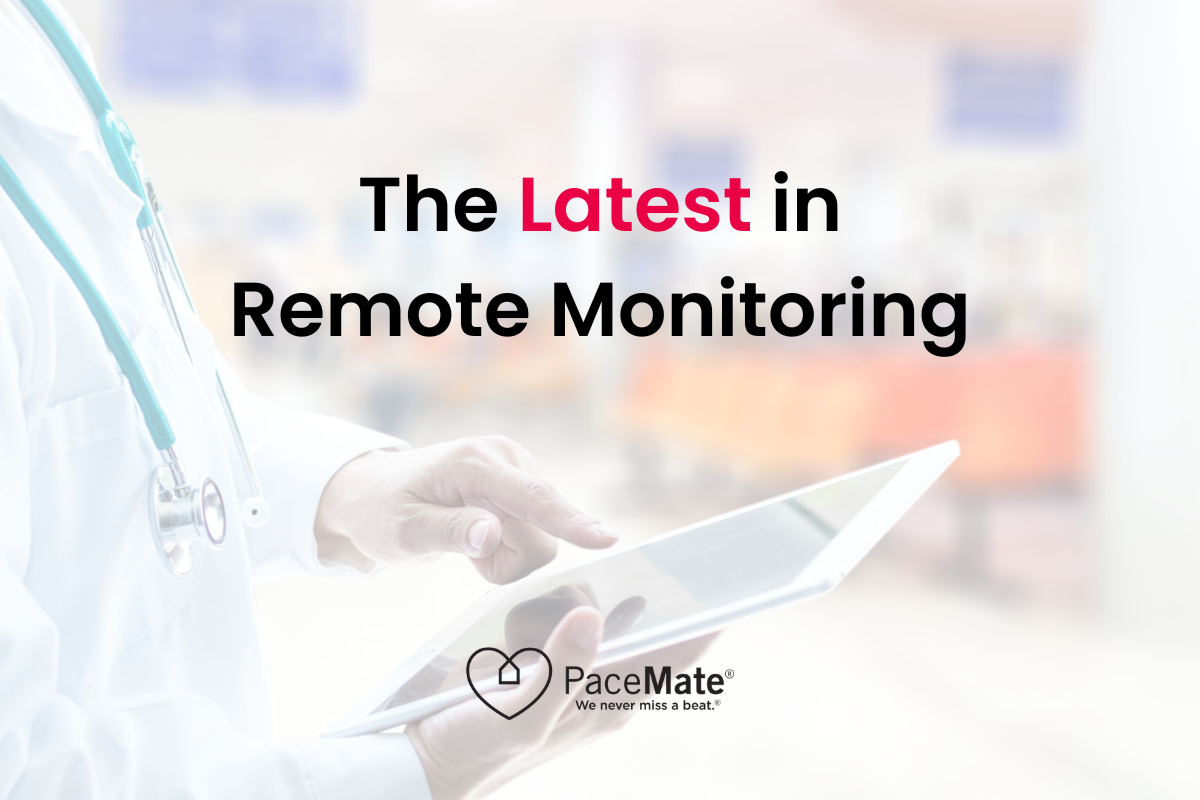Latest ACC Guidelines: Transform Cardiac Care with Remote Management
The field of cardiology is witnessing a significant transformation with the rise of Remote Patient Management (RPM). The American College of Cardiology released a new expert Remote Patient Management Workbook highlighting best practices and practical insights.
The Promise of Remote Patient Management
RPM involves recording, saving, transmitting, and interpreting health parameters outside traditional clinical settings, allowing healthcare providers to monitor patients with chronic cardiovascular conditions from anywhere.
Key Benefits of RPM:
- Increased Access: RPM improves access to care, particularly in remote areas.
- Early Detection: Continuous monitoring allows for early detection of health issues, enabling timely interventions.
- Cost Reduction: RPM can minimize hospitalizations and improve patient outcomes, reducing healthcare costs.
- Lifestyle Improvement: By monitoring treatment effectiveness, RPM helps improve patient lifestyles.
Overcoming Challenges with PaceMate
Despite its promise, the ACC says RPM faces several challenges including device accuracy, integration with electronic health records (EHRs), and reimbursement issues. PaceMate addresses these challenges head-on.
1. Seamless EHR Integration: PaceMateLIVE™ integrates with all major EHRs, including Epic, Cerner, and athenahealth, ensuring real-time patient data is readily available for healthcare providers. This ensures patient medications, hospitalizations, and diagnosis codes are always current, so clinical decision-making is done with real-time information.
2. Comprehensive Device Support: PaceMate has led in the way in interoperability, remaining vendor-agnostic since day 1. The flexible platform was built to support all cardiac device types, so patients across the cardiac care continuum can be managed in one place.
3. Security and Compliance: PaceMate is committed to data security, adhering to industry standards such as SOC2, SOC3, and HIPAA compliance.
4. Reimbursement Options: The platform automatically detects device type, wear time, and real-time diagnosis codes to assign accurate CPT codes and automate billing. This process not only optimizes billing strategies, but also results in compliant billing practices.
The ACC’s workbook emphasizes the importance of RPM in modern healthcare. With PaceMate at the forefront, the future of cardiac care is promising, offering improved patient outcomes and streamlined clinical processes. As we embrace technological advancements, PaceMate remains committed to supporting healthcare professionals in delivering superior patient care.
